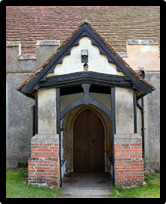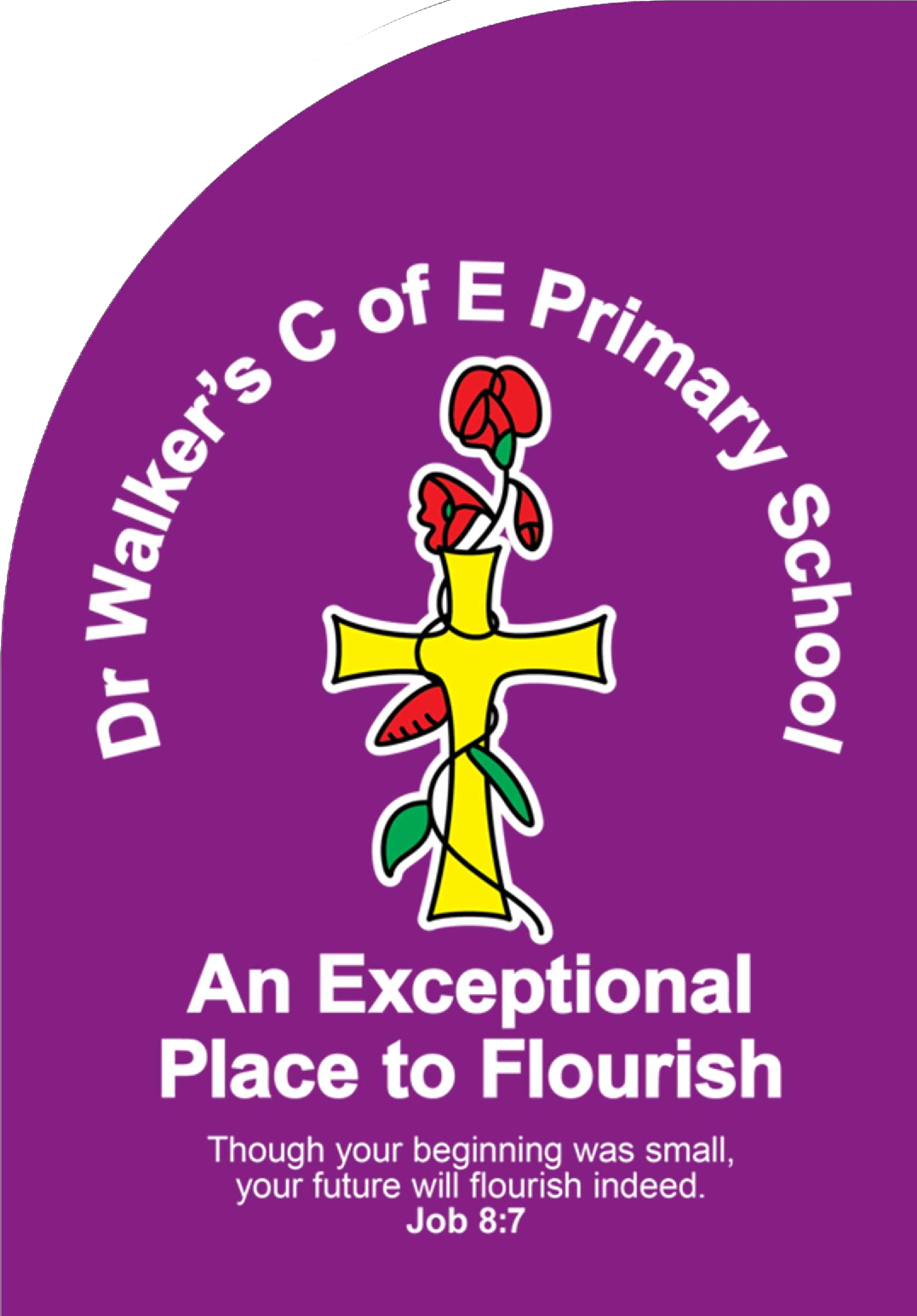Fyfield Parish and local Church, St Nicholas




Fyfield in Essex, is a small historic settlement whose exact beginnings are lost in the mists of time. The name itself comes from the Saxon word Fyfe, which means five, and Hyde which is the amount of land an able-bodied man could reasonably be expected to plough in a day with a good team of oxen. Historically, the first mention of the village is in the Doomsday Book of 1086.
The parish has remained almost entirely an agricultural community throughout history to the present day. Intensification of farming and the arrival of the railway in Ongar in the 1900s led to changes in the modern landscape. Small fields with plenty of hedgerows have now given way to large-scale farming, leaving only relics of an ancient landscape. Despite its closeness to London, Fyfield retains a distinctly rural character.
Ownership of the parish ‘tithes’, or land, has had a rather chequered history. The most notable of these owners were the Scrope (or Scroop) family from Masham, in the north of England, who took ownership after 1331. Henry le Scrope came under suspicion for treason due to his political links with the French in the reign of Henry V. Following a speedy trial at Southampton he was beheaded for being, in the words of Shakespeare, ‘a vile traitor’. His headless body is said to be buried in the Church of St. Nicholas, under the site of the existing organ.
The parish still contains many clues to the past. Both the village and the surrounding countryside provide enough to tempt the amateur historian and those keen on natural history. With its mixture of small woodlands, ancient hedgerows, ponds, streams, and the River Roding, there is a wide range of good habitats, home to a diversity of wildlife.
Many of the buildings in the parish are of great historical interest, in particular the church, Lampetts and Fyfield Hall, which is the oldest of three manor houses in Fyfield.
St Nicholas’ Church of England is in our village of Fyfield. Building began in the 12th century. The church consists of a nave, north and south aisles, chancel, central tower, north porch, and organ chamber. The nave and the first stage of the tower are mostly of flint rubble with some Roman brick.
In March 1572, Queen Elizabeth I conveyed many concealed estates, including one in Fyfield, to Richard Hill of Heybridge and William James of London. The Fyfield estate consisted of 3 cottages, called the Church Houses, and an acre belonging, then or lately in the tenure or occupation of the inhabitants of the village of Fyfield.
Despite the grant of 1572, Fyfield church property undoubtedly included three houses in the early 17th century.
The church maintains its strong links with Dr Walker’s Church of England Primary School, hosting the school carol service, other services throughout the year and being linked further by the church school governors.
Sources: (1) www.leslamb.wixsite.com/fyfieldpc/nabout-fyfield; (2) www.british-history.ac.uk/vch/essex/vol4/pp52-55
